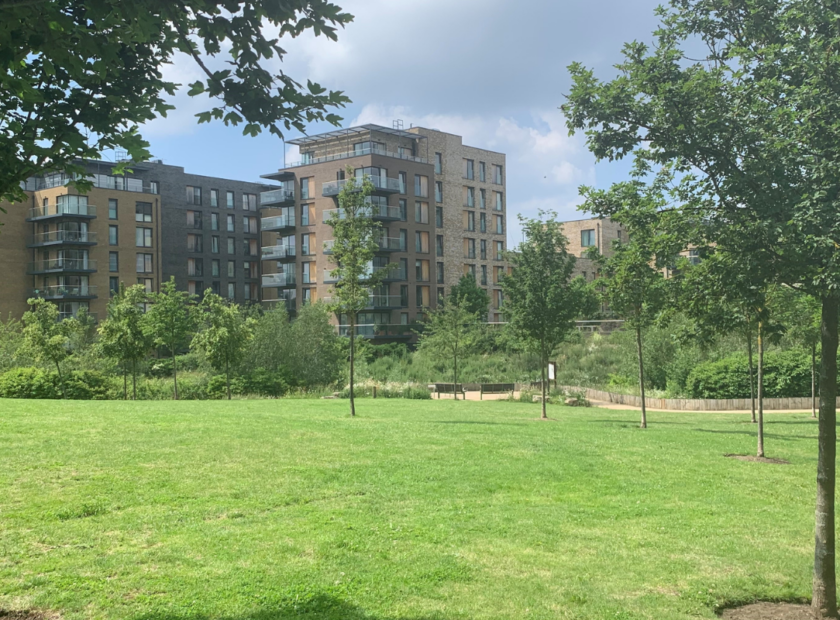If we have learnt one thing from the Covid-19 crisis, it is that our health and the health of our communities’ matter. To help achieve good health, we should endeavour to lead active lifestyles and live in environments that facilitate and encourage active travel, enabling our communities to thrive.
Now close your eyes and try to picture that environment, what does it look like?
You will probably be picturing a place that is walkable, with clean air, people shopping locally and families on their bikes going about their daily lives. I saw this become a reality during the national lockdown in the Spring of 2020 and it was an encouraging vision in a challenging year for most of us. The numbers are there to back it up: there has been as much as a 100% increase in weekday cycling and on some weekends an increase of around 200% compared to the first week of March (1). At the same time, though, there are huge concerns about the fact that due to the spread of the virus, people will be less willing to take public transport and will revert to depending on their cars (2).
Seeing people enjoying their local areas and getting out their bikes shows that there is a huge opportunity to embed these positive changes in people’s travel behaviour, increase active travel and permanently transform how people move around. Central Government is supporting this shift and their Cycling and Walking Plan for England shows a commitment to a more active and sustainable way of moving around (3). New Garden Cities and other ‘garden communities’ offer a unique opportunity to set a vision for, design and provide sustainable transport to meet people’s needs. They must be aspirational places that reflect on the many challenges that the British nation is facing – climate change, obesity, a health crisis, among many others – and set the right standards to our approach to transport, places and people, starting as they do in a new location and the right design.
To help local authorities and others to achieve these aims, the TCPA is this week publishing a Practical Guide setting out the relevant planning policy context, key principles, guidance on funding and delivery to deliver new communities with sustainable transport at their core.
For more detail, please see the latest in the series of ‘Garden City Standards for the 21st Century: Practical Guides for Creating Successful New Communities’, ‘Guide 13 – Sustainable Transport’, which will be published on the 17th September 2020.
Please join us for an online webinar where key contributors will be discussing the guide and answering questions.
(1) Gear Change: A Bold Vision for Cycling and Walking. Department for Transport, Jul. 2020. https://www.gov.uk/government/publications/cycling-and-walking-plan-for-england
(2) A poll conducted in July 2020 suggests that 59% of British people would not be comfortable using public transport – see ‘How comfortable are Britons with returning to normal, as coronavirus concern rises again?’. Webpage. Ipsos MORI, Jul. 2020. https://www.ipsos.com/ipsos-mori/en-uk/how-comfortable-arebritons-returning-normal-coronavirus-concern-rises-again
(3) https://www.gov.uk/government/publications/cycling-and-walking-plan-for-england



